ABOUT LEATHER
With over 45 years in the craft, we bypass wholesalers and work directly with 6+ specialist tanners—horsehide, water-dye, deerskin, suede. Many of our materials are co-developed as originals with these partners. For horsehide and deerskin in particular, hides that meet the trifecta of thickness, large size, and minimal scarring are globally scarce, making stable supply challenging. Leather naturally varies with tanning, humidity, climate, finishing, and dye. Because we favor dye-finish over pigments, we embrace character rather than uniformity; sourcing the right hides takes time. We believe challenging materials carry true value. Treating each hide as a singular encounter, we apply rigorous quality control and take the time to craft every piece with care.
HORSE
-
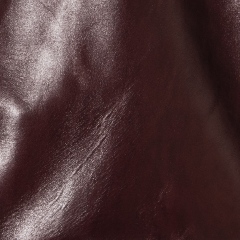
ANILINE HORSE
ANILINE HORSE
In the finishing process, the leather is richly infused with oil and dyed exclusively with aniline. With no pigments used, it features the distinctive transparent gloss of aniline and a rich, oily feel. Thickness is around 1.4 mm.
-
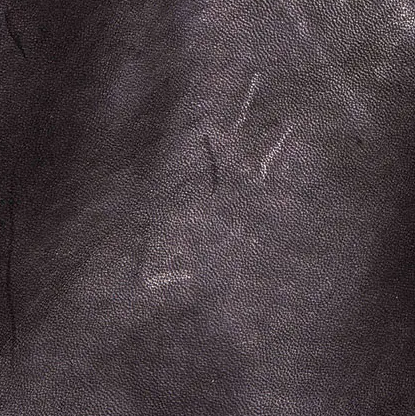
ECO HORSE
ECO HORSE
A leather recreated to evoke the pure horsehide of the 1930s. Tanned with ample tannin and oil, the hides are tightly contracted—shrunk about 20%—to produce thickness and firmness. With wear, the fibers gradually loosen, creating a distinctive feel that molds to the body while making a characteristic “squeak.” Thickness is around 1.8 mm.
-
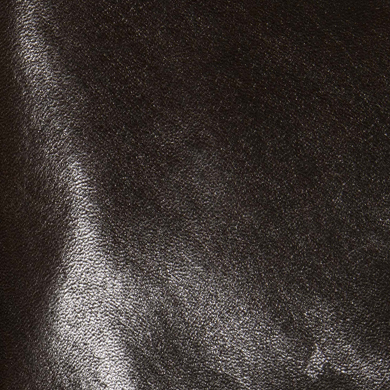
HAND DYED HORSE
HAND DYED HORSE
After the vegetable-tanned leather is first dyed, each piece is carefully overdyed by hand. This repeated hand-dyeing process creates a unique unevenness and a deep gradation, resulting in leather with an expression like no other. Thickness is around 1.4 mm.
-
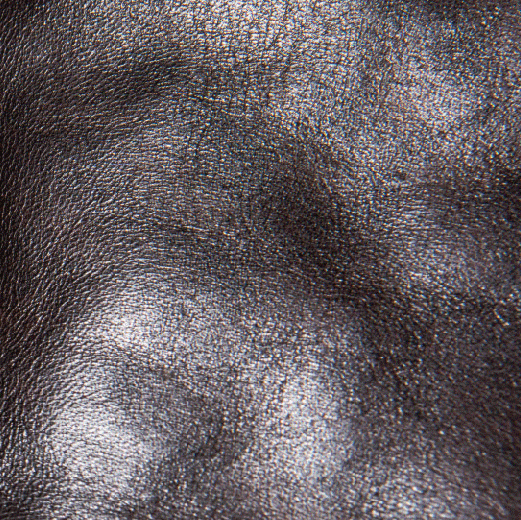
HAND OIL HORSE
HAND OIL HORSE
From chrome-tanned leather, only the finest hides are selected and then re-tanned with vegetable tannin by a bullhide-specialized tannery. Skilled artisans carefully apply wax oil by hand, giving the leather a rich, oily feel and a unique unevenness that only hand-finishing can create. Thickness is around 1.5 mm.
-
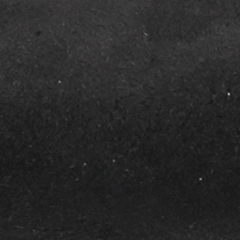
HORSE ROUGHOUT
HORSE ROUGHOUT
A rare horsehide suede. Like steer roughout, it is roughout with the grain side intact, giving it excellent durability. The short nap and fine texture unique to horsehide create a smooth, nubuck-like feel. Drum processing infuses oil, resulting in an astonishingly soft finish. Thickness is around 1.0 mm.
-
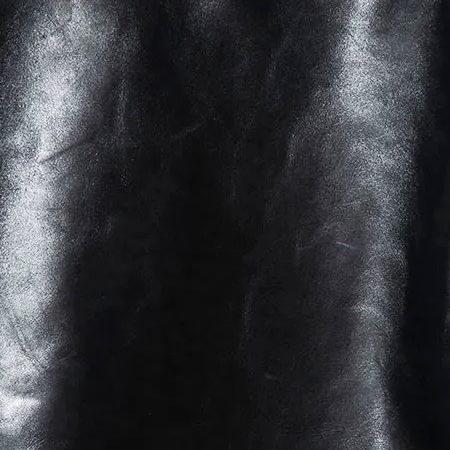
HV HORSE
HV HORSE
Carefully selected thick hides are first dyed, then meticulously treated with paraffin wax, resulting in a unique, transparent luster. Thickness is around 1.5 mm.
-
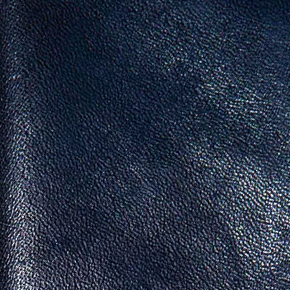
INDIGO HORSE
INDIGO HORSE
Through years of research and experimentation, indigo dye—normally unable to adhere to leather—has been successfully fixed to this hide. While indigo leather itself is rare, achieving it with horsehide makes this an exceptionally special material. Though some fading may occur, the fusion of indigo and horsehide creates a unique expression. Thickness is around 1.3 mm.
-
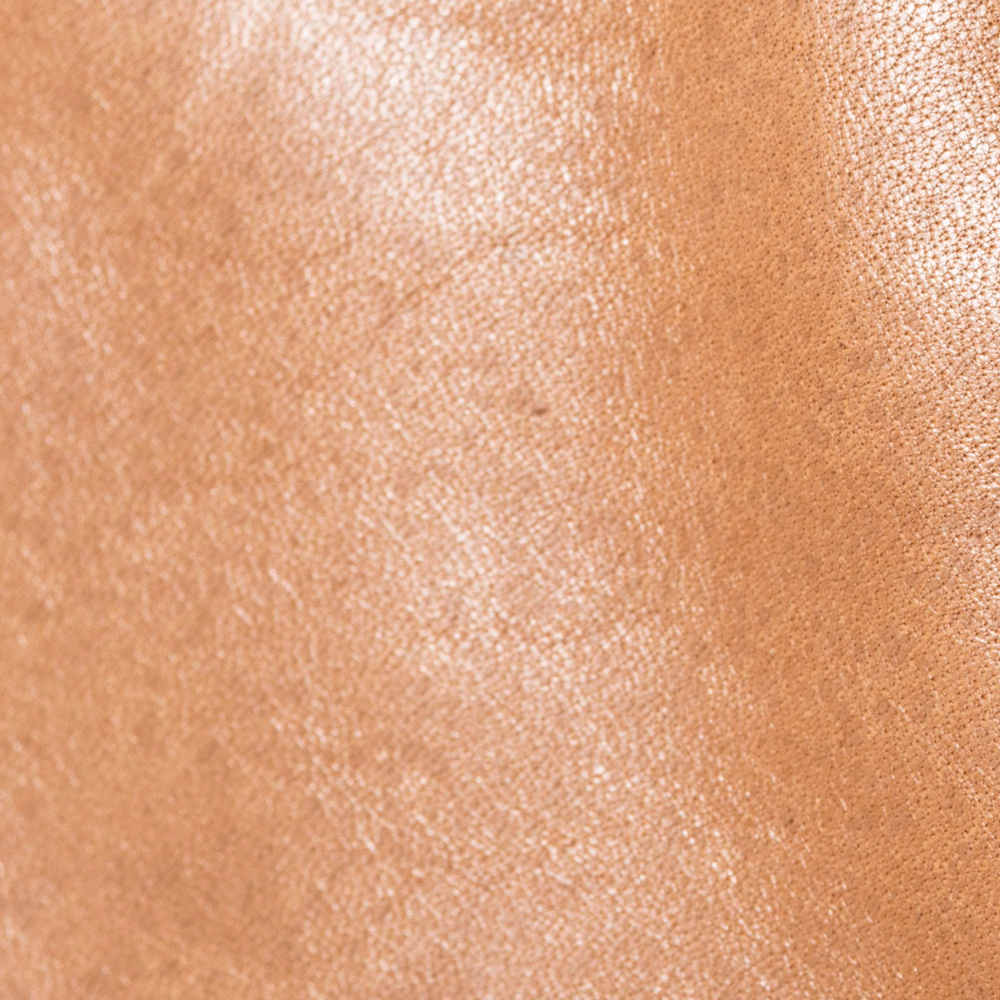
KAKISHIBU HORSE
KAKISHIBU HORSE
A special horsehide dyed with kakishibu, a traditional Japanese persimmon tannin dye. Finished using only natural dyes without any pigments, it is also environmentally friendly. The more it is exposed to sunlight, the more the color matures, developing a golden amber glow and a truly unique aging. Thickness is around 1.5 mm.
-
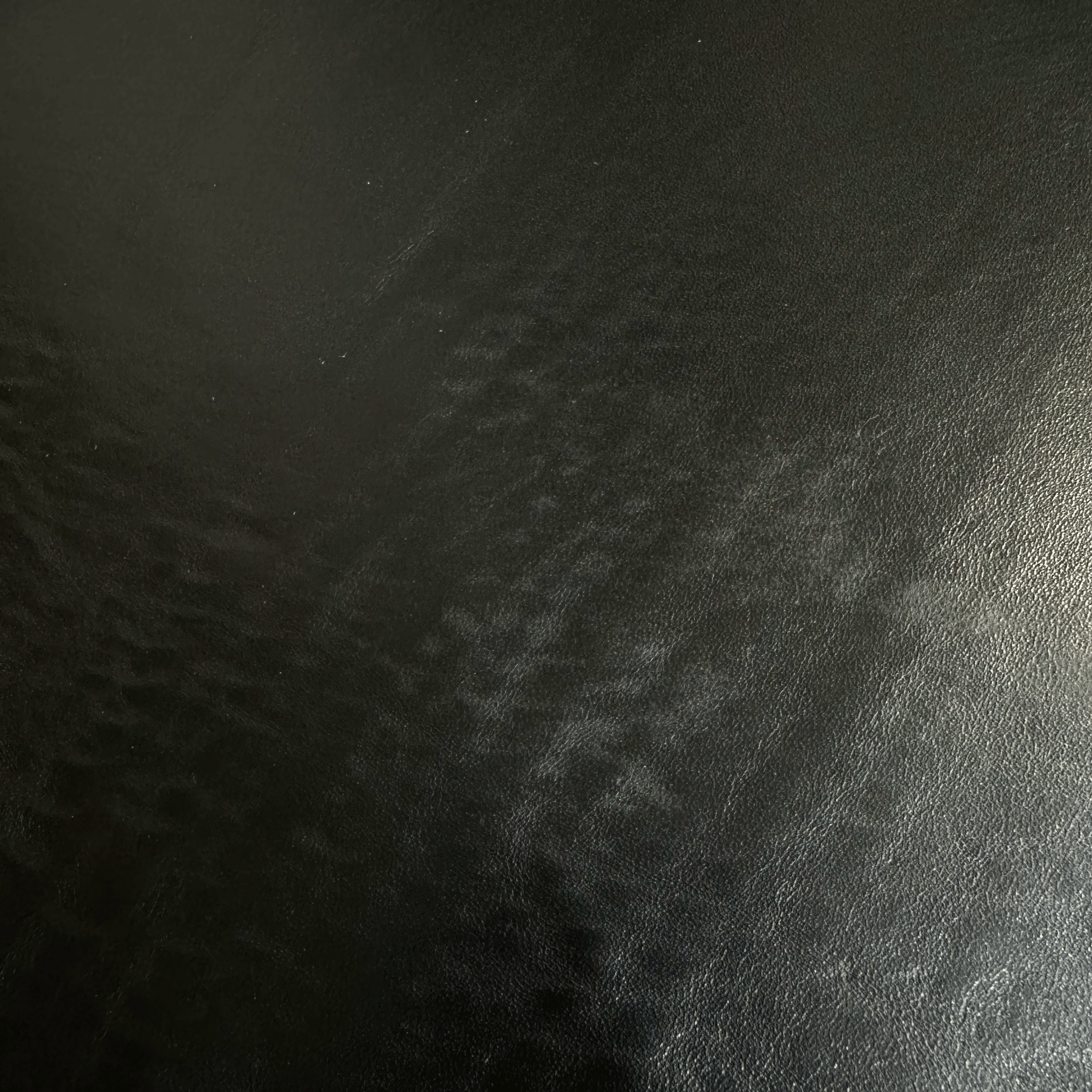
NATURAL SCAR HORSE
NATURAL SCAR HORSE
The NATURAL SCAR series intentionally uses areas such as scratches, grain scuffs, and wrinkles that have traditionally been considered flaws, in order to maximize the natural character of the leather. Compared to standard products, it shows more scratches, scuffs, and wrinkles, but these are proof of genuine leather.
-
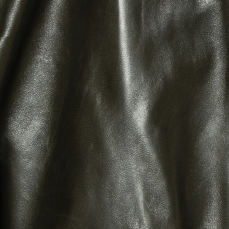
OIL SOFT HORSE
OIL SOFT HORSE
A material crafted from horsehide about 1.0 mm thick, infused with ample oil to achieve exceptional softness. As it is dye-finished, small scratches may be visible, but these are proof of the leather’s natural character. While offering a smoothness similar to lamb leather, it develops the distinctive grain of horsehide with use, creating a unique and appealing texture.
-
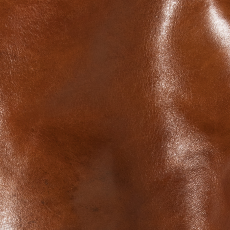
OIL WAX HORSE
OIL WAX HORSE
From chrome-tanned leather, only the finest hides are selected and then re-tanned with vegetable tannin by a bullhide-specialized tannery. Skilled artisans carefully apply wax oil by hand, giving the leather a rich, oily feel and a unique unevenness that only hand-finishing can create. Thickness is around 1.5 mm.
-
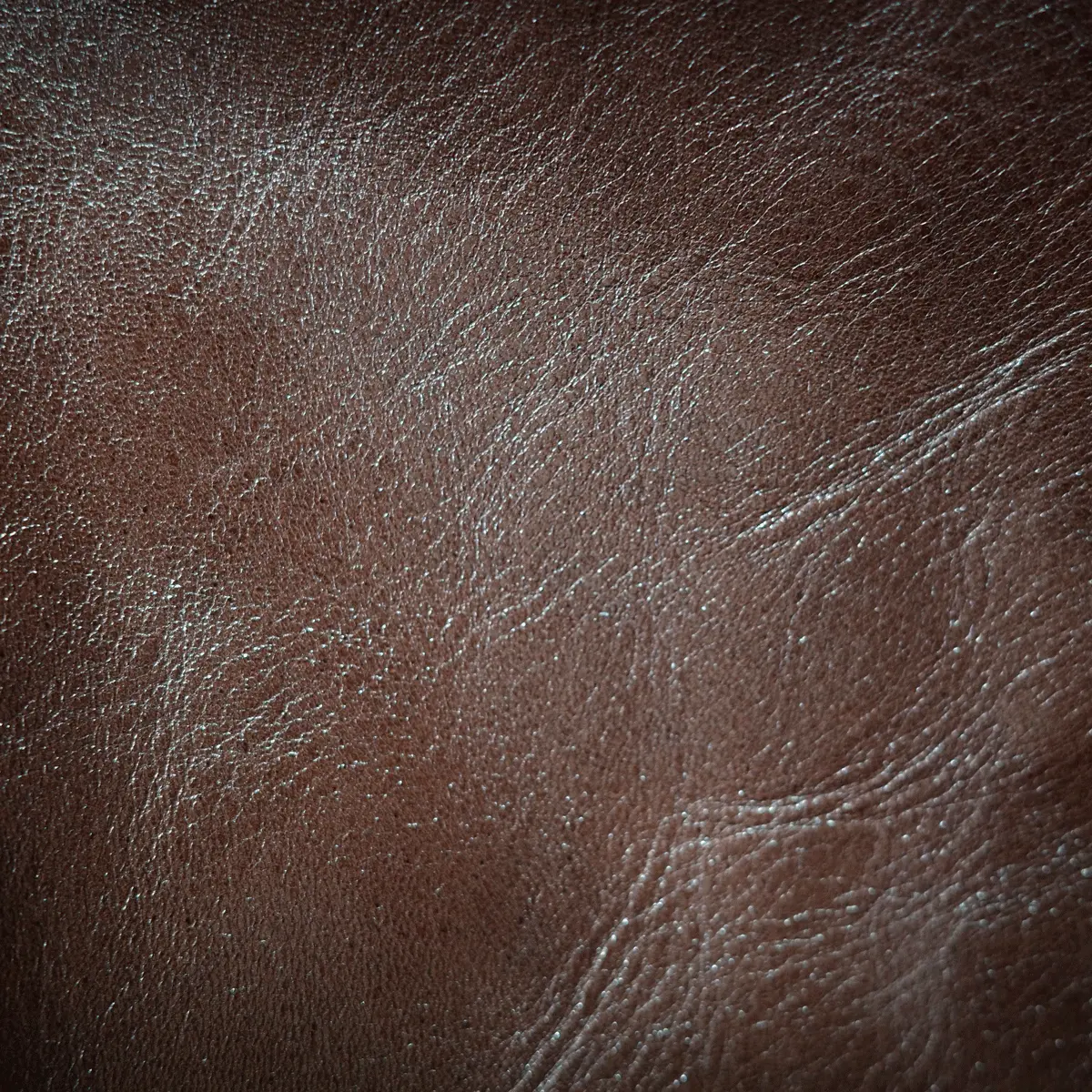
PULL UP HORSE
PULL UP HORSE
“Pull-up leather” infused with more oil than usual. This full vegetable-tanned horsehide allows the absorbed oils to shift with use, creating a distinctive character on the grain surface. It also features a transparent luster from a casein finish. Thickness is around 1.6 mm.
-
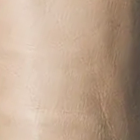
SADDLE HORSE
SADDLE HORSE
A vegetable-tanned horsehide left undyed in its natural state. Marks and scratches are visible, serving as authentic proof of genuine leather. While common in cowhide, natural horsehide leather is rare.
As it is worn, the leather darkens with exposure and develops a rich patina, offering a unique aging experience. Thickness approx. 1.5mm. -
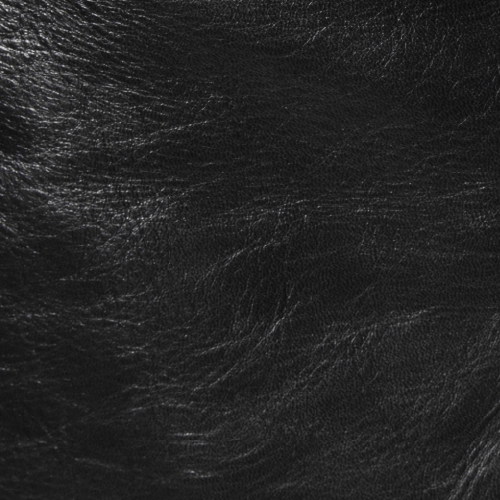
SUMI DYED HORSE (SADDLE-CORE)
SUMI DYED HORSE (SADDLE-CORE)
A special leather dyed with Nara ink, a traditional craft boasting 1,400 years of history. Fully vegetable-tanned, the hide undergoes a process more than twice as long as standard dyeing, allowing the ink to penetrate deeply into the natural leather and creating a saddle core. As the jacket is worn, the underlying saddle color gradually emerges, offering a unique aging effect. The double-dyeing of the base and finish produces a deep, lustrous black that is another key appeal. Thickness is around 1.5 mm.
-
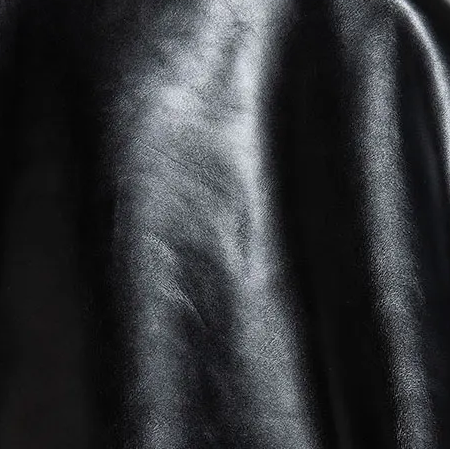
VINTAGE HORSE
VINTAGE HORSE
Thick horsehide first dyed brown and then finished with black pigment. With wear, the underlying brown gradually appears through scuffed areas, allowing for a unique aging process. Thickness is around 1.4 mm.
-
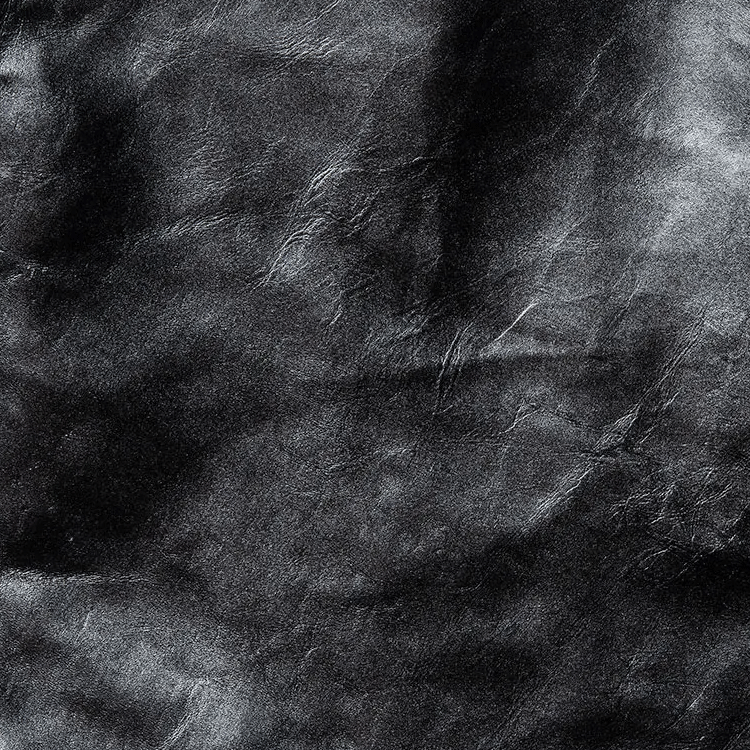
VINTAGE HORSE LIGHT
VINTAGE HORSE LIGHT
Finished in the same way as VINTAGE HORSE, but adjusted to about 1.0 mm in thickness for easier wear. With a lighter feel, it offers a more casual and effortless experience.
SHEEP
-
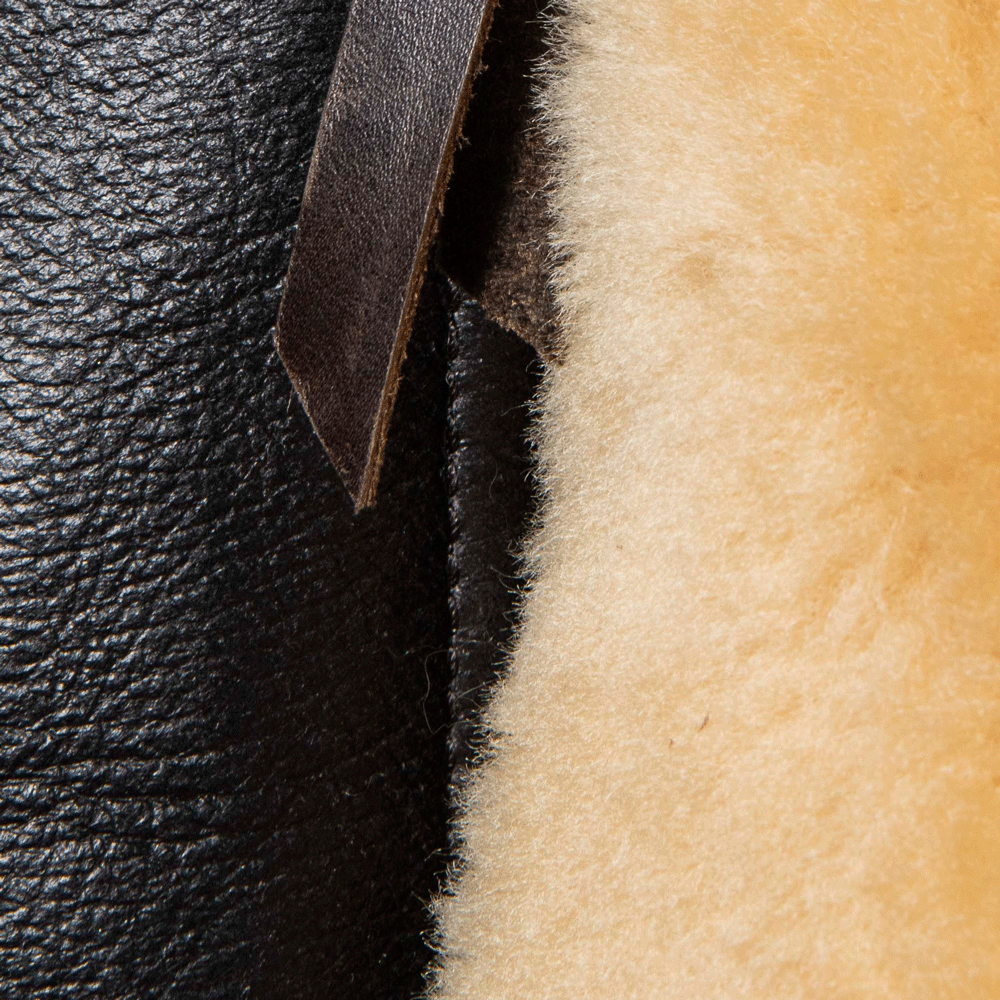
COLOMER MOUTON
COLOMER MOUTON
An exceptional material from Spain’s Colomer tannery, combining the smooth hand of sheepskin with substantial thickness. A finest-grade shearling that captivates even the most discerning enthusiasts. It offers both light wearability and outstanding warmth, radiating an unmatched presence.
-
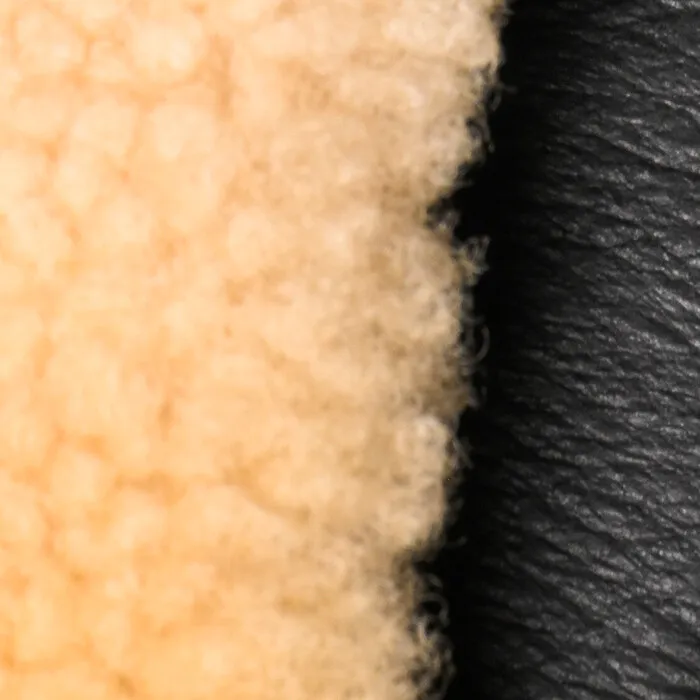
MERINO MOUTON
MERINO MOUTON
Sheared from Merino sheep, known for their fine and supple wool. Comparable in quality to Colomer’s renowned shearling, its soft texture conveys a refined sense of luxury.
-
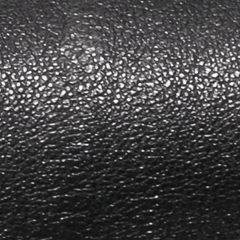
SHEEP SKIN
SHEEP SKIN
A thick sheepskin born from years of joint development. Using rare, heavy raw hides as difficult to obtain as deerskin, it achieves an average thickness of 1.5 mm. Compared to typical sheepskin, it has a more substantial weight, offering an exceptional, enveloping comfort when worn. To preserve the natural feel of the leather, only minimal processing is applied, resulting in a naked finish. A material that delivers an exquisite touch and a richly expressive character.
GOAT
-
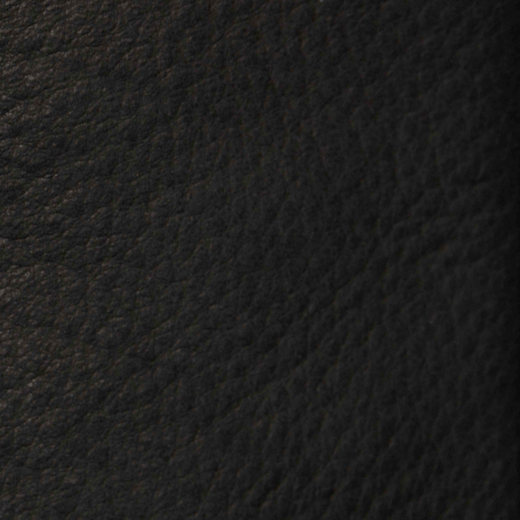
GOAT SKIN
GOAT SKIN
Goat leather is renowned for its strength and abrasion resistance. Among it, hides with both greater thickness and larger size are rare and highly valuable. The glossy grain surface develops a rich patina with wear, offering unique aging character. Thickness approx. 1.3mm.
COW
-
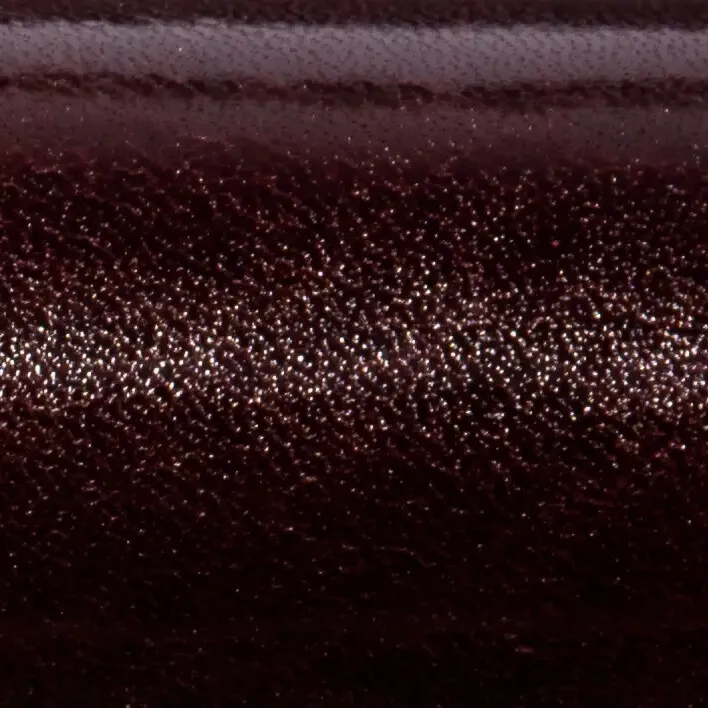
ANILINE STEER
ANILINE STEER
Produced by a tannery specializing in horsehide, this leather intentionally suppresses the grain characteristic of steer. Dyed with aniline, it pursues a fine-grained surface and a transparent, vivid coloration similar to horsehide. The thickness is around 1.5 mm.
-
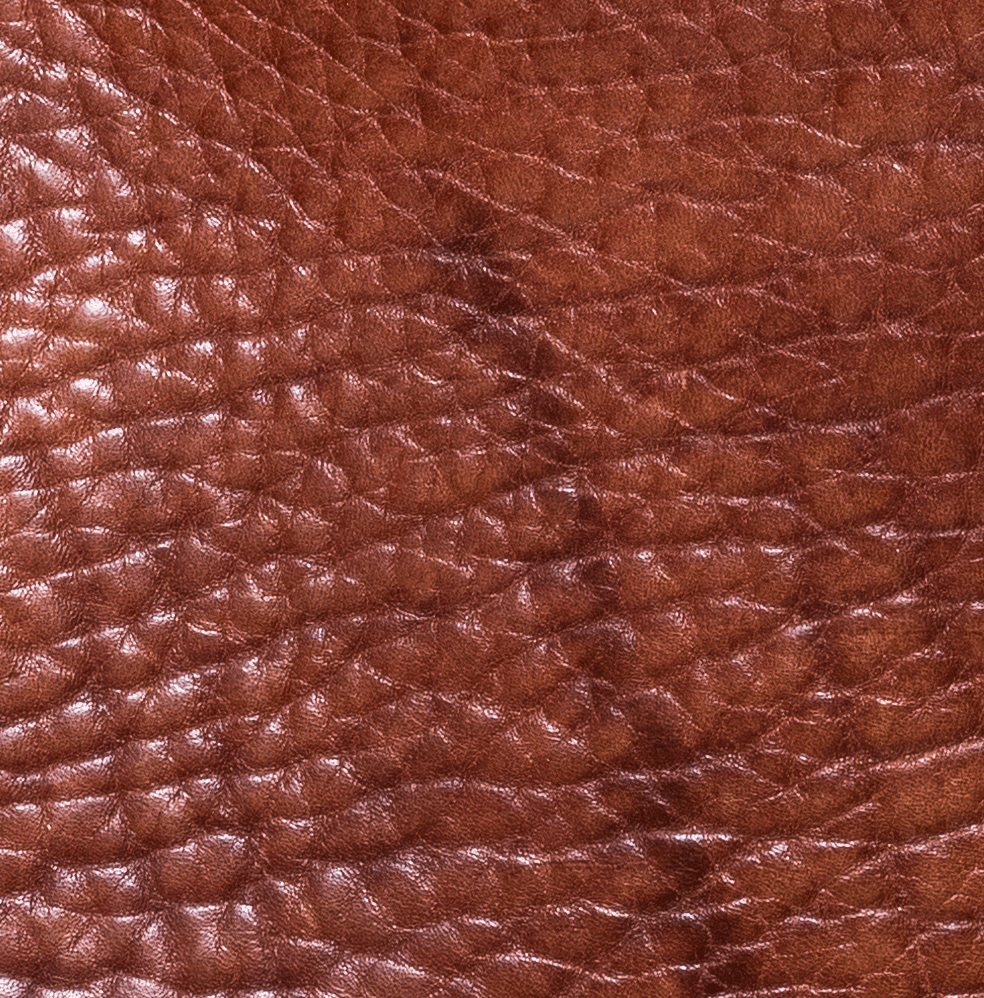
BULL HIDE
BULL HIDE
Leather sourced from uncastrated male cattle over three years old. As large mature animals, their hides are thick and defined by a rugged grain pattern. Generously infused with oil, the leather balances raw strength with a deep luster, creating a bold character unlike any other material.
-
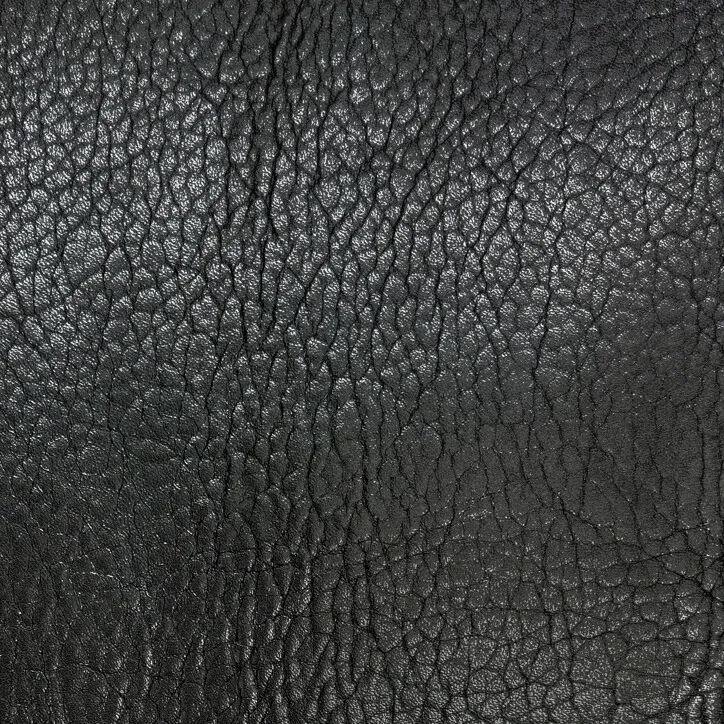
OILED ROUGH STEER
OILED ROUGH STEER
Produced by a horsehide-specialized tannery using the same method as Eco Horse, this leather is slowly soaked in tannin to achieve a condensed texture. Despite its thickness, the abundant oil content minimizes any sense of stiffness. It is characterized by a grain pattern that fully showcases the natural look of cowhide. Finished with a brown-dyed base, the thickness is around 3 mm.
-
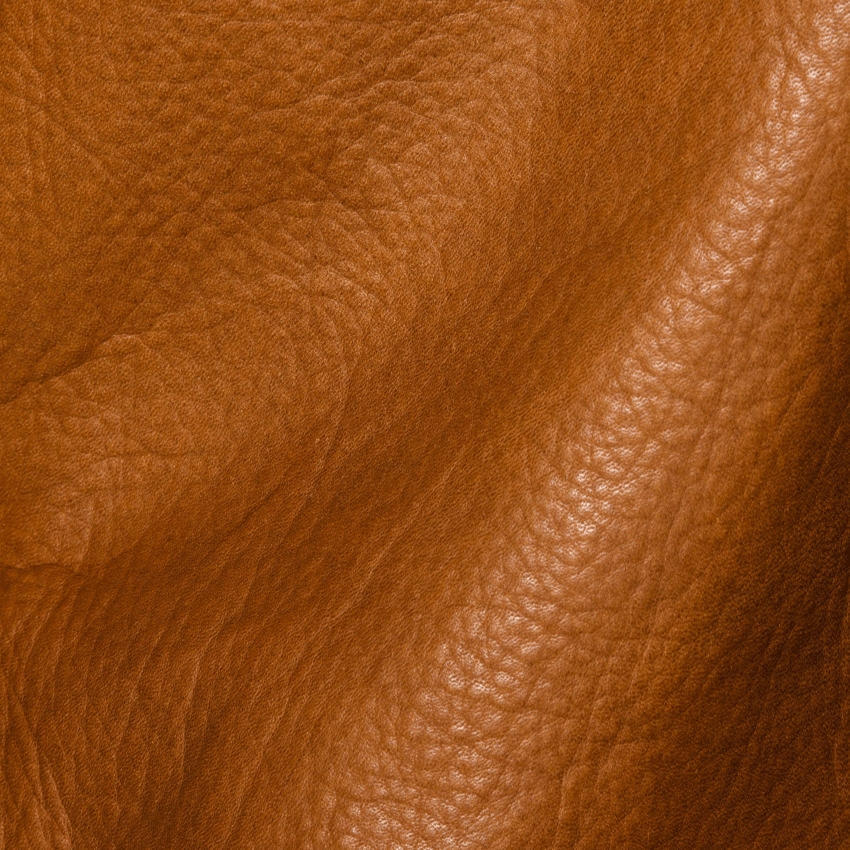
STEER OIL
STEER OIL
A steerhide finished solely with water and dye over time in a drum dyeing process, without concealing scratches or scuffs with pigments. It features a softness that is hard to believe from cowhide and a moist, oil-rich touch. The thickness is about 1.3 mm and can be thinned down to 0.4 mm through splitting.
-
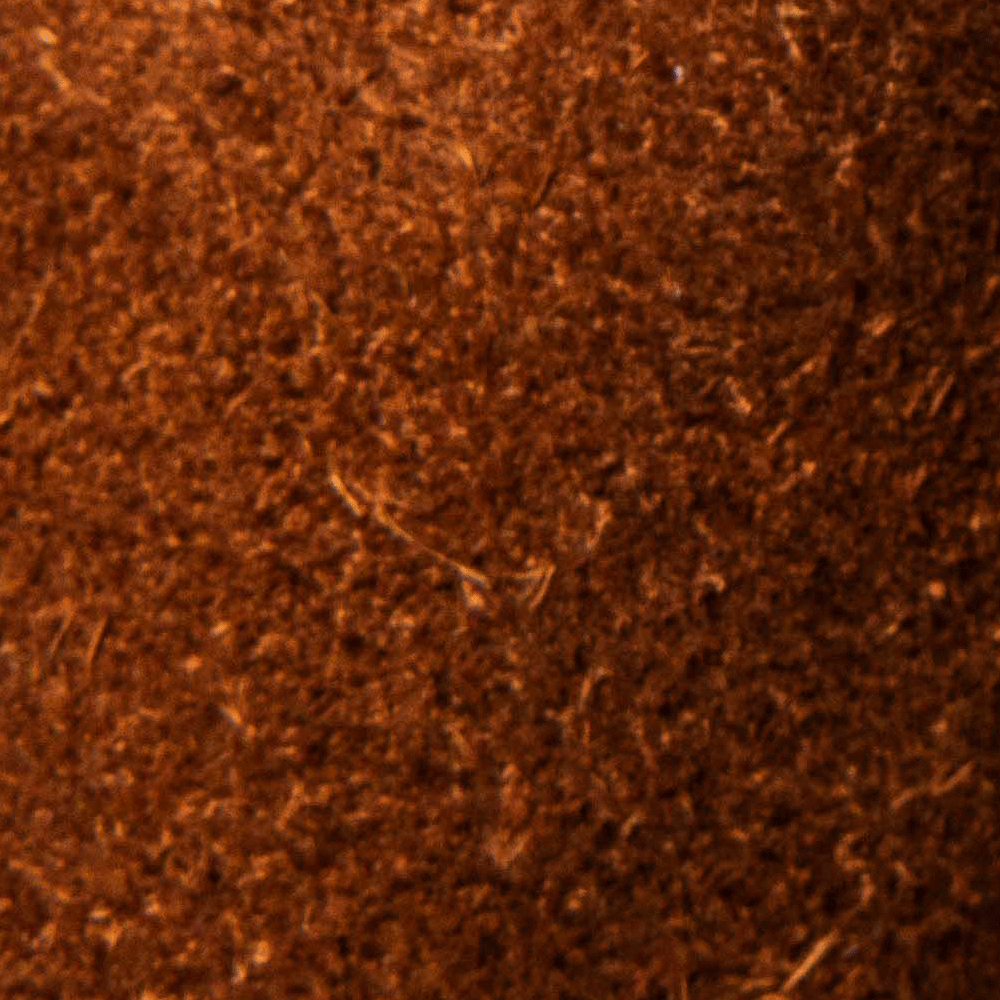
STEER ROUGHOUT
STEER ROUGHOUT
Leather made from the reverse (suede side) of steer oil. Unlike ordinary split suede, it retains the grain on the back, giving it both softness and strength. The thickness is around 1.3 mm.
DEER
-
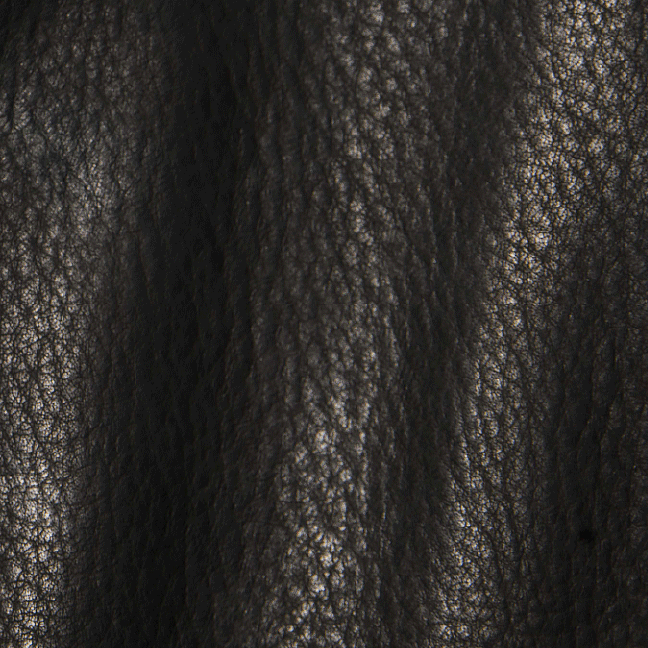
DEER SKIN
DEER SKIN
Deerskin from Fujioka Yukichi Honten, one of the world’s leading tanneries. Due to the size of deerskin, hides with the appropriate dimensions and thickness for apparel are extremely rare, making it a highly valuable material. Finished entirely without pigments, it features a natural naked texture richly infused with oil for a supple feel. Thickness is around 1.6 mm.
